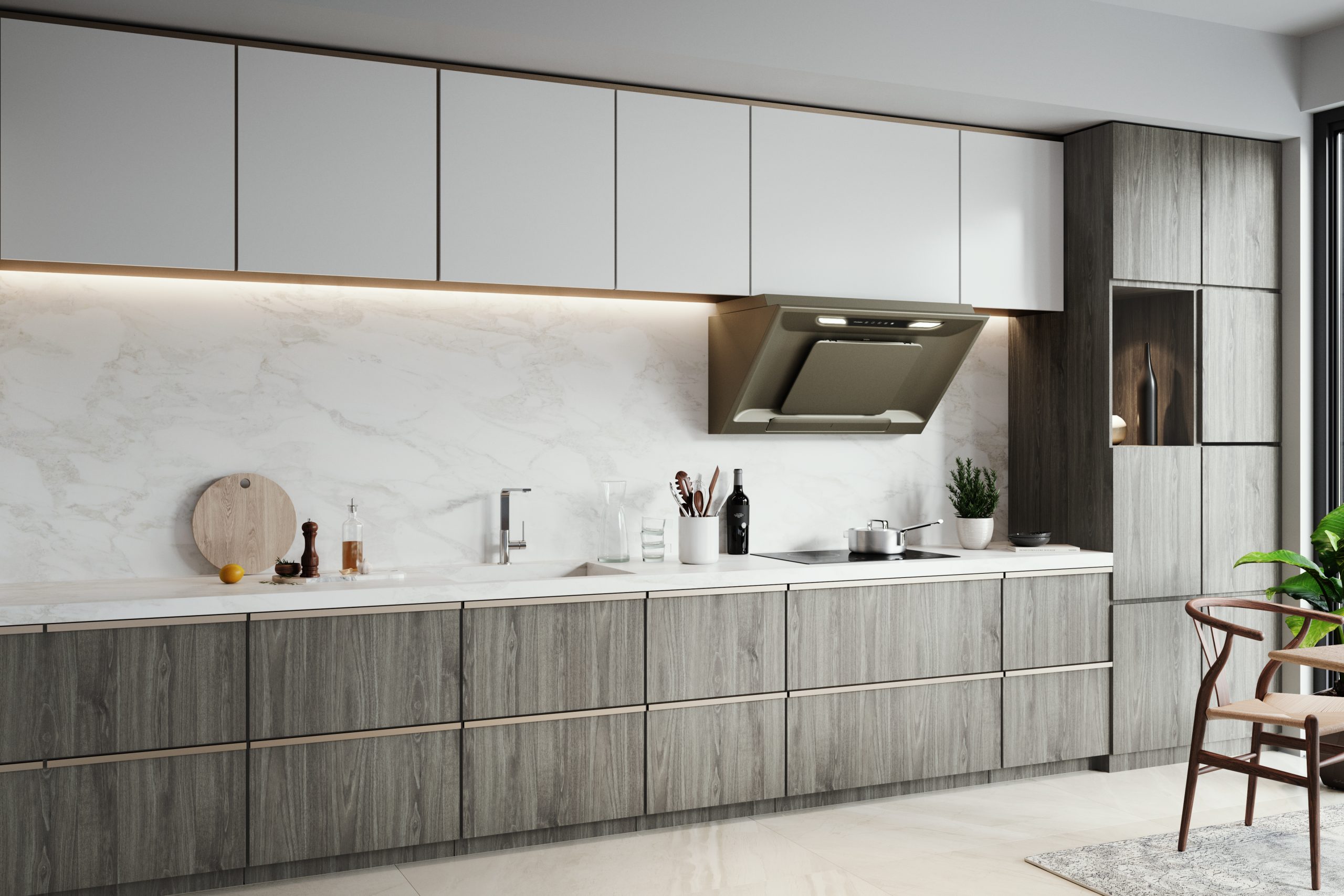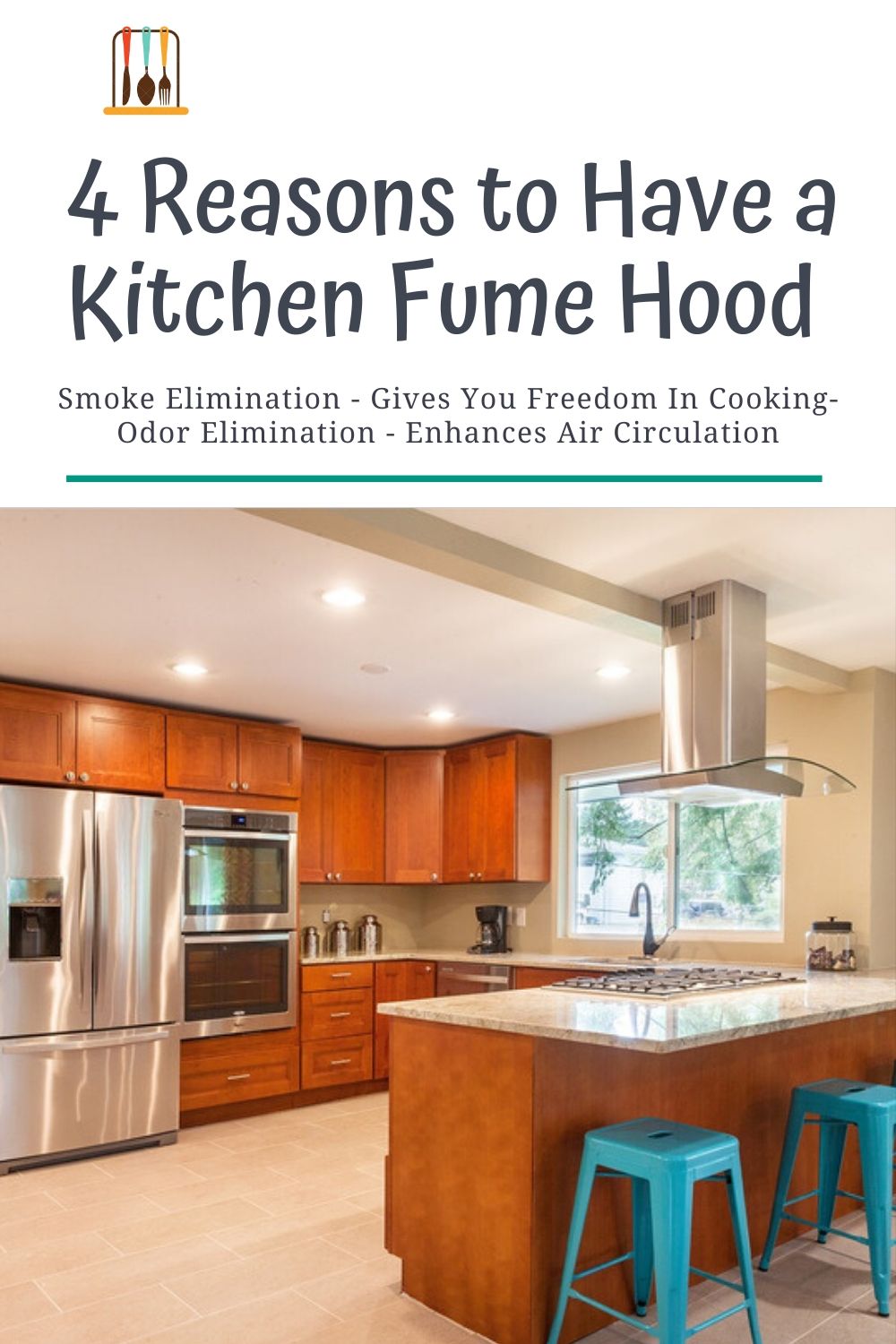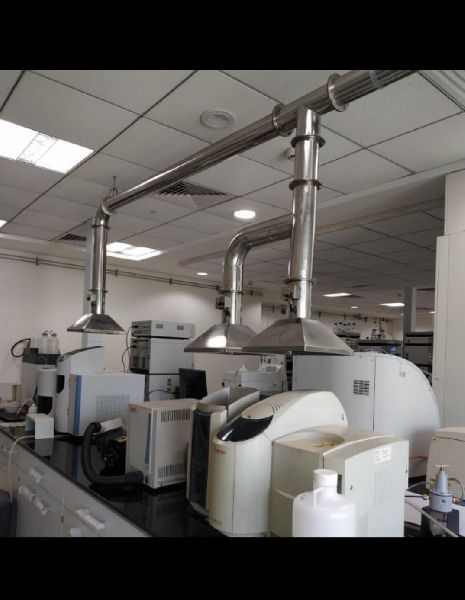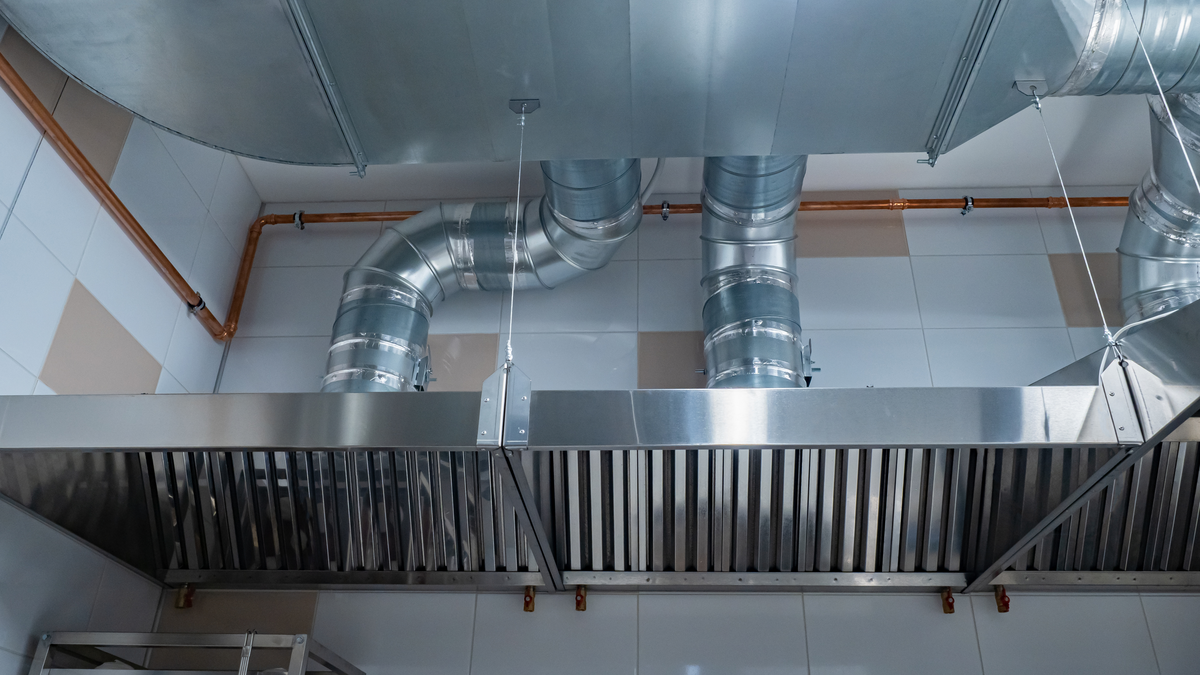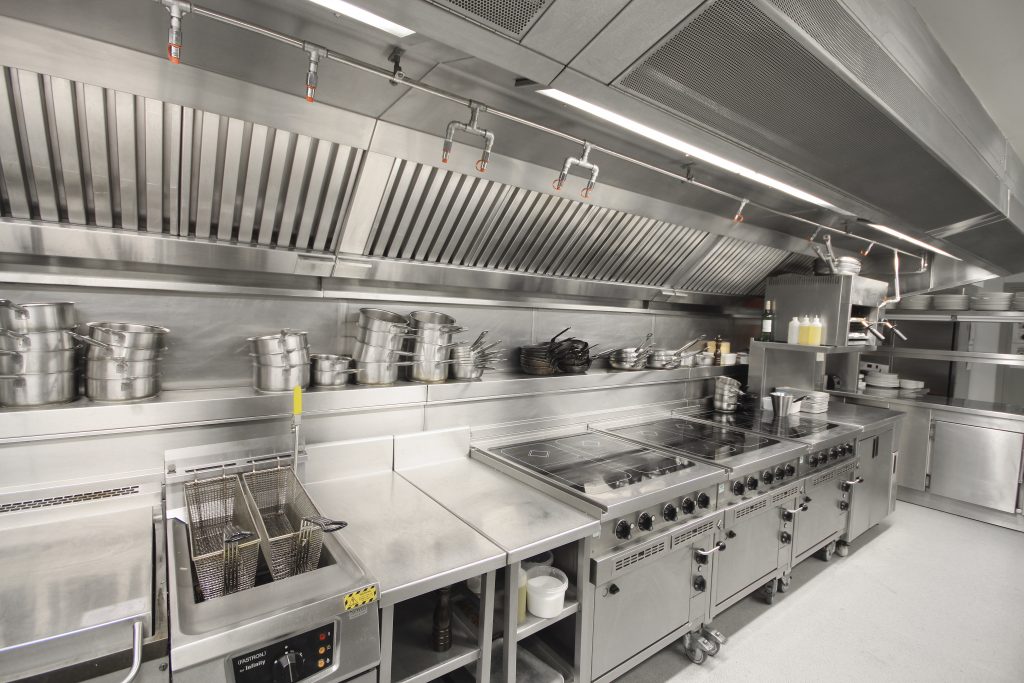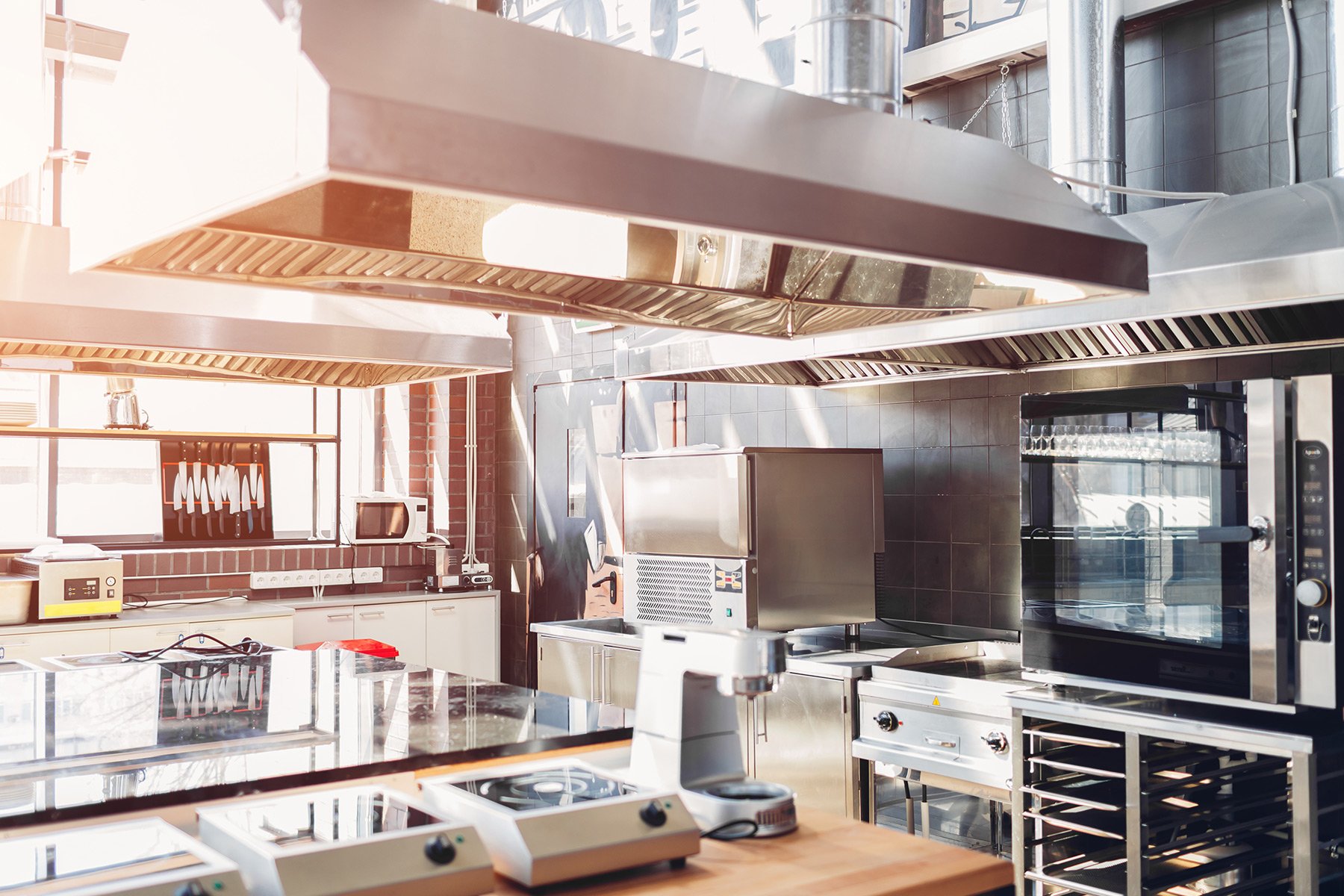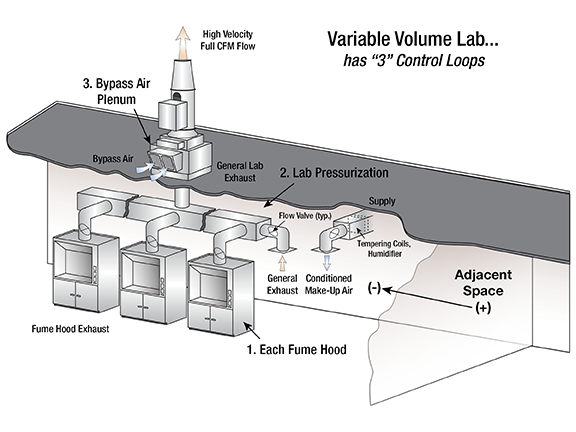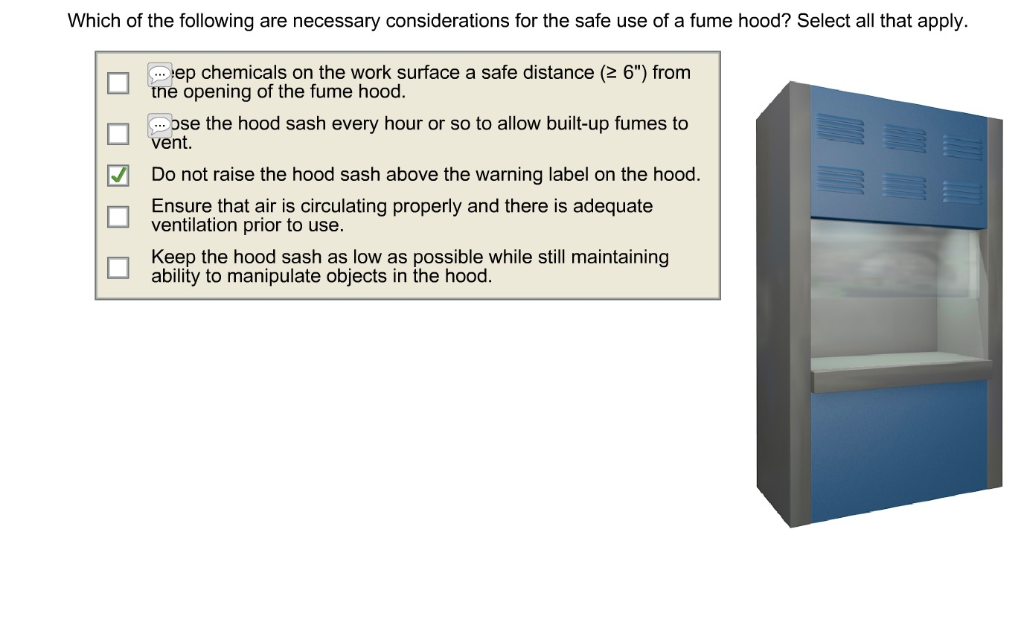If you're in the process of designing or renovating your kitchen, one important aspect that shouldn't be overlooked is the fume hood. This essential piece of equipment helps to remove smoke, steam, and cooking odors from your kitchen, keeping the air clean and fresh. But designing a kitchen fume hood isn't just about aesthetics, it's also crucial for the safety and functionality of your kitchen. In this article, we'll discuss the key things you need to know about kitchen fume hood design.1. Kitchen Fume Hood Design: What You Need to Know
When it comes to designing a kitchen fume hood, there are a few key factors that you need to consider in order to ensure optimal performance. The first is the size of your fume hood. It should be large enough to effectively capture all the smoke and fumes from your cooking surface, but not so large that it becomes cumbersome and takes up too much space in your kitchen. The placement of your fume hood is also important. It should be installed directly above your cooking surface, with a minimum distance of 24 inches between the surface and the bottom of the hood. This will allow for maximum capture of fumes and prevent any potential hazards. Additionally, the type of ventilation system used in your fume hood can greatly impact its performance. A ducted system, which vents the air outside, is the most effective in removing smoke and odors from your kitchen. However, if this is not possible, a recirculating system with a high-quality filter can also be effective.2. How to Design a Kitchen Fume Hood for Optimal Performance
Proper kitchen fume hood design is not just about aesthetics, it is essential for the safety and functionality of your kitchen. Without a well-designed fume hood, the air in your kitchen can become filled with harmful pollutants and irritants, which can cause health issues for you and your family. In addition to health concerns, a poorly designed fume hood can also lead to inefficient ventilation, resulting in a buildup of grease and grime in your kitchen. This can not only be unpleasant, but it can also pose a fire hazard. Therefore, investing in a well-designed fume hood is crucial for maintaining a safe and healthy kitchen environment.3. The Importance of Proper Kitchen Fume Hood Design
When designing your kitchen fume hood system, safety should be a top priority. This means selecting materials that are heat-resistant and durable, as well as ensuring proper installation and regular maintenance. It's also important to follow all building codes and regulations to ensure your fume hood is up to safety standards. In terms of efficiency, the design of your fume hood should allow for easy cleaning and maintenance, as well as proper airflow to effectively remove smoke and fumes. A well-designed fume hood system should also be energy-efficient, helping to keep your kitchen running smoothly while minimizing energy costs.4. Designing a Safe and Efficient Kitchen Fume Hood System
For commercial kitchens, proper fume hood design is even more critical. Not only does it impact the safety and functionality of the kitchen, but it can also affect the overall success of the business. When designing a fume hood for a commercial kitchen, it's important to consider the type and volume of cooking that will be done, as well as the size and layout of the kitchen. It's also essential to work with a professional to ensure your fume hood is up to code and meets all safety and ventilation requirements. Additionally, investing in a high-quality fume hood with a powerful ventilation system can help to keep your kitchen running smoothly and maintain a clean and healthy environment for both employees and customers.5. Tips for Designing a Commercial Kitchen Fume Hood
Before diving into the design process, it's important to have a basic understanding of how kitchen fume hoods work. Essentially, a fume hood has a fan that draws in air from the kitchen and vents it outside or through a filter. This creates negative pressure, which effectively captures and removes smoke and fumes from the cooking surface. The design of the hood itself also plays a role in its functionality. A well-designed hood should have a sloped surface, with an opening to allow for proper capture and removal of fumes. It should also have a baffle system, which helps to evenly distribute airflow and prevent hot air from escaping.6. Understanding the Basics of Kitchen Fume Hood Design
While commercial kitchens may have more complex needs when it comes to fume hood design, there are still important considerations to keep in mind when designing a fume hood for a residential kitchen. For one, the size of the hood should be appropriate for the size of the kitchen and cooking surface. It should also be aesthetically pleasing and complement the overall design of the kitchen. Another important consideration is the noise level of the fume hood. Some hoods can be quite loud, which can be disruptive in a residential setting. Look for hoods with a lower decibel rating for a quieter cooking experience.7. Design Considerations for Residential Kitchen Fume Hoods
When it comes to designing and installing your kitchen fume hood, there are a few best practices to keep in mind. First and foremost, make sure to work with a professional to ensure your fume hood meets all safety and ventilation requirements. They can also help with proper placement and installation to ensure optimal performance. Additionally, it's important to regularly clean and maintain your fume hood to keep it functioning properly. This includes cleaning the exterior and interior surfaces, as well as changing the filter regularly. A well-maintained fume hood will not only perform better, but it will also last longer.8. Best Practices for Kitchen Fume Hood Design and Installation
A key aspect of kitchen fume hood design is the ventilation system. As mentioned earlier, a ducted system is the most effective in removing smoke and odors from your kitchen. However, if this is not possible, a recirculating system with a high-quality filter can also be effective. When designing your ventilation system, make sure to consider the layout and size of your kitchen, as well as the placement of the fume hood and the type and volume of cooking that will be done. This will help you determine the best ventilation system for your specific needs.9. Designing a Ventilation System for Your Kitchen Fume Hood
Lastly, let's discuss some common mistakes to avoid when designing a kitchen fume hood. One mistake is choosing a fume hood that is too small for the cooking surface and kitchen size. This can lead to inefficient ventilation and potential safety hazards. Another mistake is opting for a recirculating system without a high-quality filter. This can result in poor ventilation and a buildup of grease and grime in your kitchen. It's also important to avoid installing a fume hood too close to a window, as this can interfere with proper ventilation.10. Common Mistakes to Avoid When Designing a Kitchen Fume Hood
Why a Kitchen Fume Hood is Essential in Modern House Design

The Importance of Kitchen Fume Hoods
 When designing a house, many homeowners often focus on aesthetics and functionality, but the importance of proper ventilation, particularly in the kitchen, is often overlooked. The kitchen is the heart of a home, and it's where delicious meals are prepared. However, cooking also produces a significant amount of fumes, smoke, and grease, which can be hazardous to our health and the overall cleanliness of our homes. This is where a
kitchen fume hood
comes in.
When designing a house, many homeowners often focus on aesthetics and functionality, but the importance of proper ventilation, particularly in the kitchen, is often overlooked. The kitchen is the heart of a home, and it's where delicious meals are prepared. However, cooking also produces a significant amount of fumes, smoke, and grease, which can be hazardous to our health and the overall cleanliness of our homes. This is where a
kitchen fume hood
comes in.
Design and Functionality
 A kitchen fume hood, also known as an exhaust hood or range hood, is a device that is installed above the stovetop to remove smoke, fumes, and grease from the air. It works by sucking up the polluted air and filtering it before releasing it back into the kitchen or expelling it outside. Not only does it improve the air quality in your kitchen, but it also prevents grease and odors from spreading to other parts of the house.
A kitchen fume hood, also known as an exhaust hood or range hood, is a device that is installed above the stovetop to remove smoke, fumes, and grease from the air. It works by sucking up the polluted air and filtering it before releasing it back into the kitchen or expelling it outside. Not only does it improve the air quality in your kitchen, but it also prevents grease and odors from spreading to other parts of the house.
Protecting Your Health
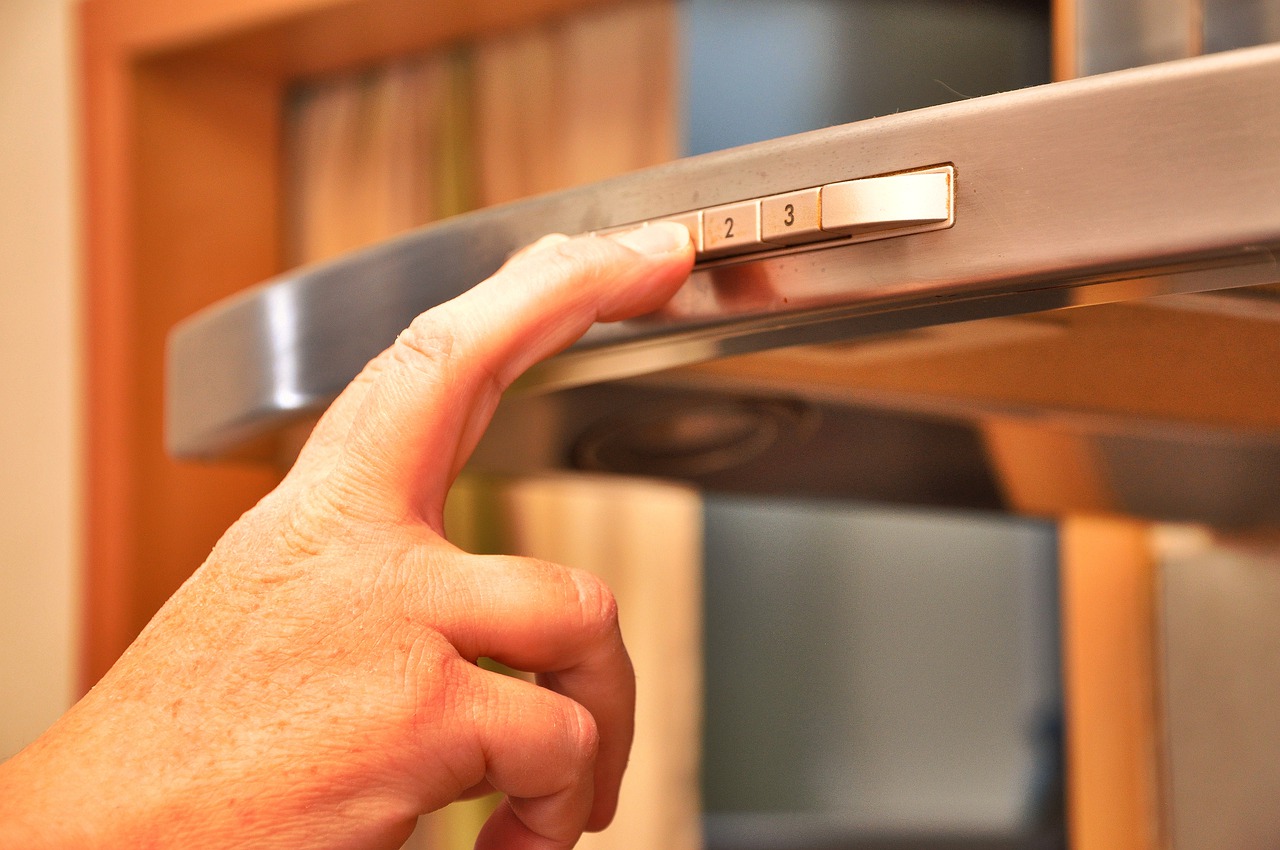 The fumes and smoke produced during cooking contain harmful particles that can cause respiratory problems, especially for those with asthma or allergies. A kitchen fume hood helps to
remove these pollutants
from the air, ensuring that you and your family are breathing in clean and healthy air. It also reduces the risk of carbon monoxide poisoning, which can occur when gas stoves are not properly ventilated.
The fumes and smoke produced during cooking contain harmful particles that can cause respiratory problems, especially for those with asthma or allergies. A kitchen fume hood helps to
remove these pollutants
from the air, ensuring that you and your family are breathing in clean and healthy air. It also reduces the risk of carbon monoxide poisoning, which can occur when gas stoves are not properly ventilated.
Enhancing Your Kitchen Design
 Aside from its functional benefits, a kitchen fume hood can also
enhance the design
of your kitchen. With various styles and designs available, it can be incorporated seamlessly into your kitchen's aesthetic. Whether you prefer a sleek and modern look or a more traditional design, there is a range hood option that will complement your kitchen's style.
Aside from its functional benefits, a kitchen fume hood can also
enhance the design
of your kitchen. With various styles and designs available, it can be incorporated seamlessly into your kitchen's aesthetic. Whether you prefer a sleek and modern look or a more traditional design, there is a range hood option that will complement your kitchen's style.
The Bottom Line
 In conclusion, a kitchen fume hood is an essential element in modern house design. It not only improves the air quality in your home and protects your health, but it also adds to the overall design and functionality of your kitchen. When designing your home, don't overlook the importance of proper ventilation and consider adding a kitchen fume hood to your plans for a healthier and more beautiful living space.
In conclusion, a kitchen fume hood is an essential element in modern house design. It not only improves the air quality in your home and protects your health, but it also adds to the overall design and functionality of your kitchen. When designing your home, don't overlook the importance of proper ventilation and consider adding a kitchen fume hood to your plans for a healthier and more beautiful living space.



